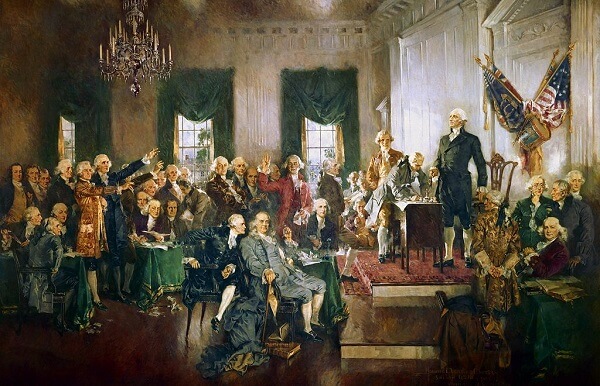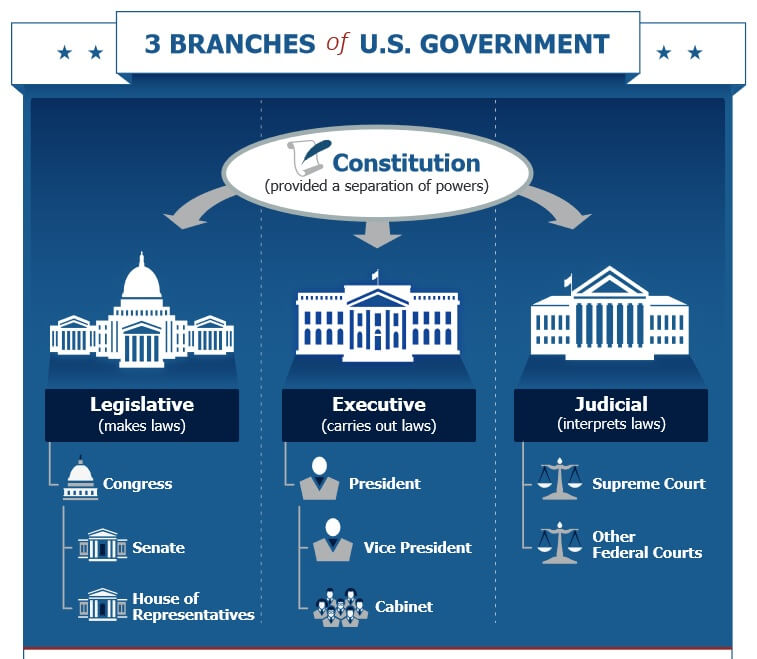 A History of the United States and its People
A History of the United States
A History of the United States and its People
A History of the United States


 A History of the United States and its People
A History of the United States
A History of the United States and its People
A History of the United States

Study the chapter for one week.
Over the week:
Activity 1: Narrate the Chapter
Activity 2: Study the Chapter Picture

Activity 3: Review the Branches of the United States Government
Constitution: Governing document of the United States.
Legislative: Makes laws, declares war, and regulates taxes and spending.
Executive: Enforces the laws as made by congress.
Judicial: Interprets the laws made by congress.

Activity 4: Review the State Names and Locations
Activity 5: Complete Copywork, Narration, Dictation, and Mapwork

Activity 6: Read the Preamble to the Constitution
The Constitution of the United States is the highest law of the United States. Read the Preamble to the Constitution of the United States.